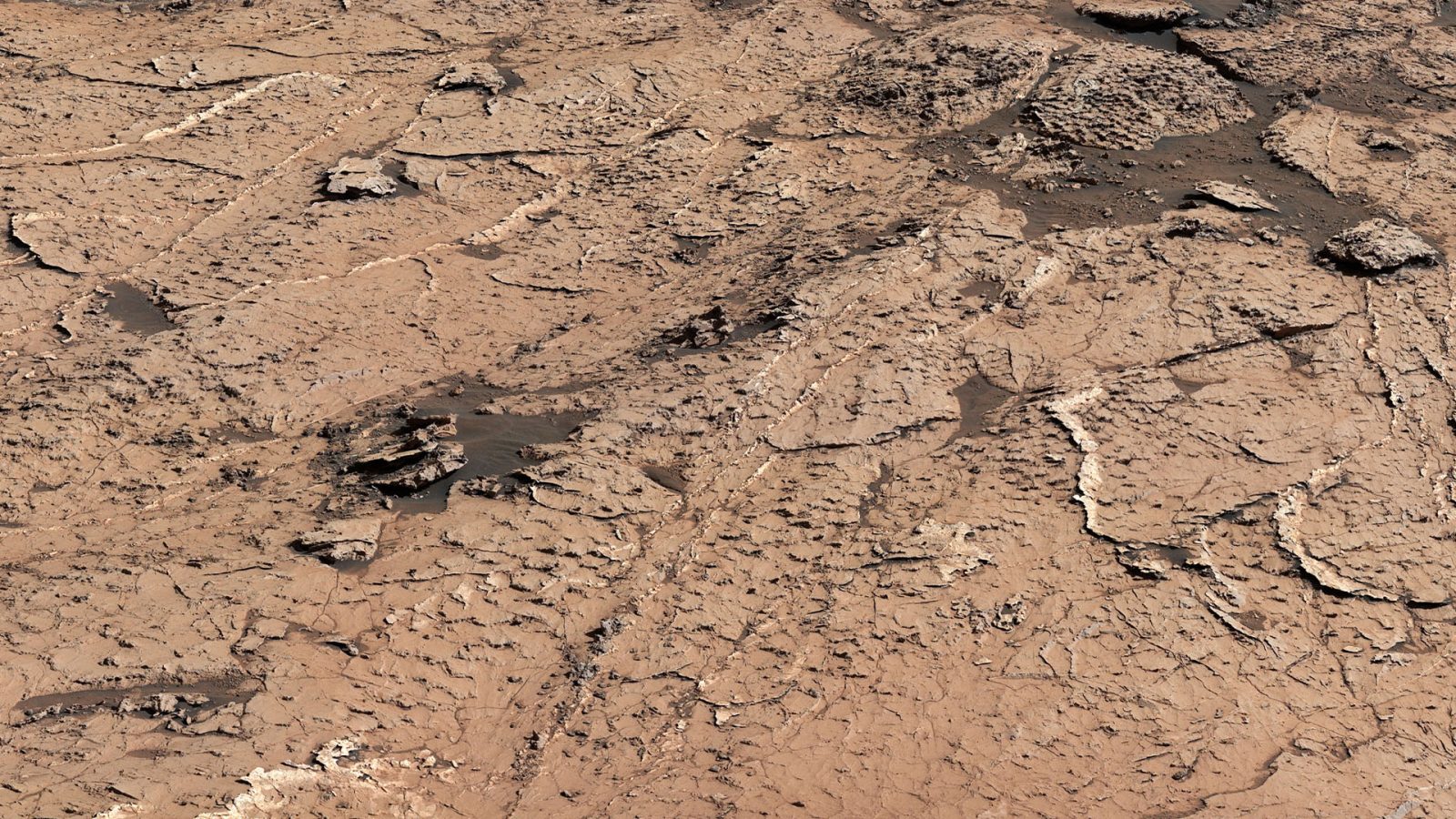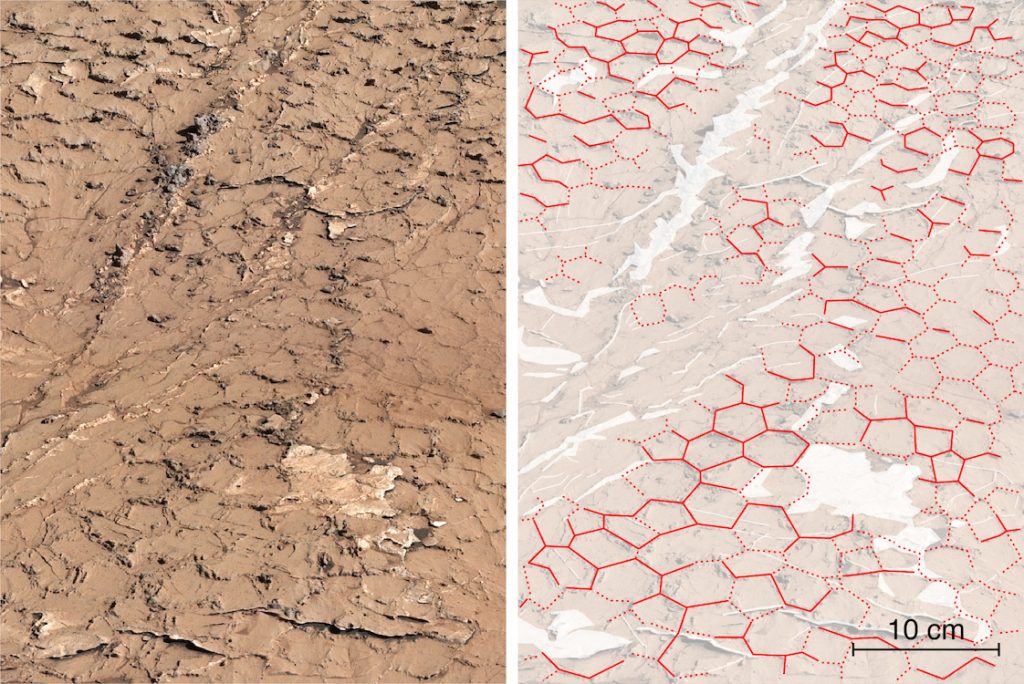
My favorite part of where I live now is four distinct seasons each year. Wisconsin brings cold winters, hot summers, beautiful falls, and well, rainy springs. In contrast, during my time in Florida, we experienced two seasons: intensely hot and wet, followed by relatively less hot and dry (if you’re curious, the latter is when you most likely came for vacation). Interestingly, seasons appear to have lost their uniqueness in space, as a study indicates that Mars once possessed them before its water reserves evaporated.
Mud cracks points to Mars seasons
Amidst the attention garnered by Perseverance, NASA’s latest and most advanced rover, it is actually data from Curiosity that has enabled this study. The most fascinating aspect of this discovery? It was derived from an analysis of cracks in mud. Quite astonishing, isn’t it? Such profound insights stem from the observation of mud. Science is awesome.
In 2021, Curiosity’s MastCam captured a panoramic image of a site dubbed “Pontours” within Gale Crater. Among the 143 photos composing the mosaic, one can see preserved cracked mud that would not seem out of place here on Earth. It turns out that the way these mud cracks form lead to an understanding of the climate on Mars.
When areas saturated with water dry out, the residual damp soil is referred to as mud. Subsequent drying leads to the development of cracks in the soil. If you’ve ever walked along a dried-up stream during arid periods, you’ve likely encountered these cracks. Remarkably, the pattern of mud cracking is contingent upon the frequency of wet-dry cycles, otherwise known as seasons.
The preserved mud cracks exhibit hexagonal shapes, resulting in the formation of “Y”-shaped crevices. This contrasts with the “T”-shaped cracks previously observed on Mars. “T”-shaped cracks form after a single desiccation event, but with repeated wet-dry seasons, they evolve into “Y”-shaped cracks.

Consequently, scientists have concluded that Mars, like to Earth, underwent seasonal variations. Specifically, the planet experienced alternating wet and dry seasons that led to flooding and subsequent complete desiccation in certain regions. The implication of Mars having seasons adds another point in favor of the possibility of past life on the planet.
Join our Discord Server: Join the community with forums and chatrooms about space!
Seasons: A key to life on planets?
Recent discussions have revolved around the existence of alien life, partially prompted by the testimony of a less than convincing former intelligence officer presented before Congress. While the focus of this testimony was on the presence of alien life or UFOs visiting Earth, the enduring question, stemming from Mars’ resemblance to Earth, has been whether it ever hosted life.
Interestingly, these mud cracks could provide further clues to the presence of life on Mars. Molecules like RNA and proteins could potentially form within these cracks, as water accumulates, bringing together the essential building blocks of life.
Both Curiosity and Perseverance have diligently sought signs of life on Mars. Although a definitive confirmation remains elusive, it appears that every few months yield new discoveries that forge stronger connections between Earth and Mars. Might the answer to our years-long quest be just a matter of time?
FTC: We use income earning auto affiliate links. More.




Comments